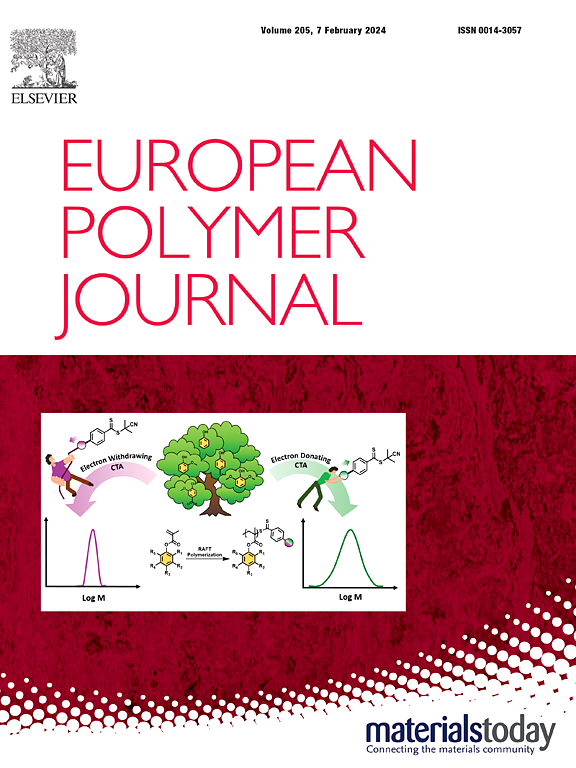Ammonium polyphosphates: Correlating structure to application
IF 5.8
2区 化学
Q1 POLYMER SCIENCE
引用次数: 0
Abstract
Ammonium polyphosphates (APP) are widely used as nontoxic, biodegradable additives for food, fire retardancy and fertilisers. APP has been shown to exist in six distinct phases, APP–I to APP–VI. Commercial products identified as APP may contain one or more of these phases. Direct synthesis routes to APP involve condensation of monoammonium phosphate or diammonium phosphate with urea or melamine as condensing agents, while indirect synthesis can be obtained by interconversion of one APP phase to another. The most important chemical properties for APP as a fertiliser are nitrogen and phosphorus content, water solubility, hydrolytic stability, and chelating properties (sequestering trace metals). For fire protection, chemical properties such as low water solubility or high hydrolytic stability, compatibility with polymers in plastics or coating formulations, thermal stability and promotion of crosslinking are beneficial. As food additive, low toxicity and water–binding ability are vital. This work found that few studies report on degree of polymerisation, particle size distribution, chain branching, phase, crystallinity or purity of APP, despite APP being the main functionalising additive in specific systems. It was found that some phases of APP (especially APP–III, IV, and VI) remained relatively uncharacterised, but development of new synthetic routes, and improved characterisation, opens new possibilities for commercial exploitation. The unsystematic terminology used to describe these phosphates is addressed in a glossary.

求助全文
约1分钟内获得全文
求助全文
来源期刊

European Polymer Journal
化学-高分子科学
CiteScore
9.90
自引率
10.00%
发文量
691
审稿时长
23 days
期刊介绍:
European Polymer Journal is dedicated to publishing work on fundamental and applied polymer chemistry and macromolecular materials. The journal covers all aspects of polymer synthesis, including polymerization mechanisms and chemical functional transformations, with a focus on novel polymers and the relationships between molecular structure and polymer properties. In addition, we welcome submissions on bio-based or renewable polymers, stimuli-responsive systems and polymer bio-hybrids. European Polymer Journal also publishes research on the biomedical application of polymers, including drug delivery and regenerative medicine. The main scope is covered but not limited to the following core research areas:
Polymer synthesis and functionalization
• Novel synthetic routes for polymerization, functional modification, controlled/living polymerization and precision polymers.
Stimuli-responsive polymers
• Including shape memory and self-healing polymers.
Supramolecular polymers and self-assembly
• Molecular recognition and higher order polymer structures.
Renewable and sustainable polymers
• Bio-based, biodegradable and anti-microbial polymers and polymeric bio-nanocomposites.
Polymers at interfaces and surfaces
• Chemistry and engineering of surfaces with biological relevance, including patterning, antifouling polymers and polymers for membrane applications.
Biomedical applications and nanomedicine
• Polymers for regenerative medicine, drug delivery molecular release and gene therapy
The scope of European Polymer Journal no longer includes Polymer Physics.
 求助内容:
求助内容: 应助结果提醒方式:
应助结果提醒方式:


